
The problem is that overzealous control often keeps watch retailers from creating marketing which is better than that which watch brands provide to them. In my plan, watch brands would allow watch retailers to create mostly whatever advertising they wanted (so long as it wasn’t deceptive or patently offensive) in order to appeal to their demographic. The reality is that watch retailers not only know their audience, but also know how to market to them. Be it online or offline, watch brands need to step back a bit and trust that stores with a vested interest in selling their products will create good enough advertising materials to do so. At least one good effect of this will be more diversity and creativity in watch product advertising. At best, this merit-based approach to the effectiveness of watch advertising will finally allow for the right messages to reach and resonate with the right audiences.
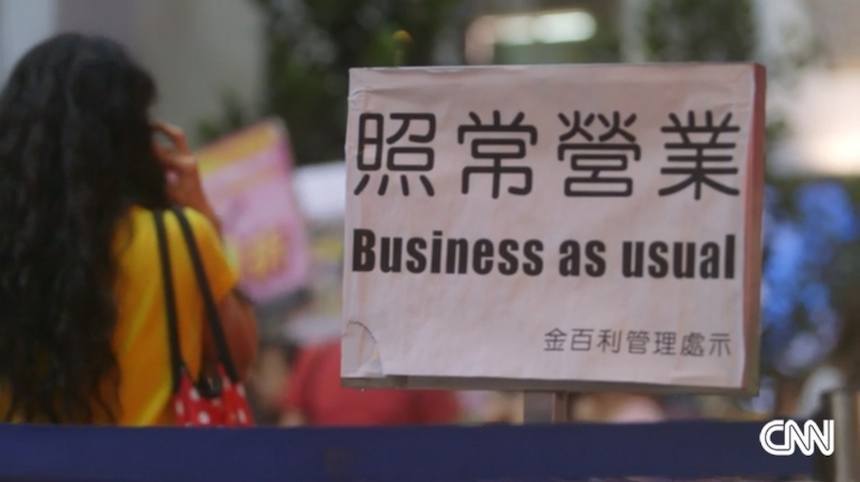
Thus, perhaps the most crucial element of this plan is to deregulate many of the commercial and communication restrictions that watch brands currently impose on their retail partners. This will require an adjustment period, but over a few years will lead to more specialized and effective watch retailers of various types around the world that locate untapped niches, avoid crowded areas, and generally are able to find a place for themselves in the market in a way that – given the current over-controlled state of the watch industry – is not possible.
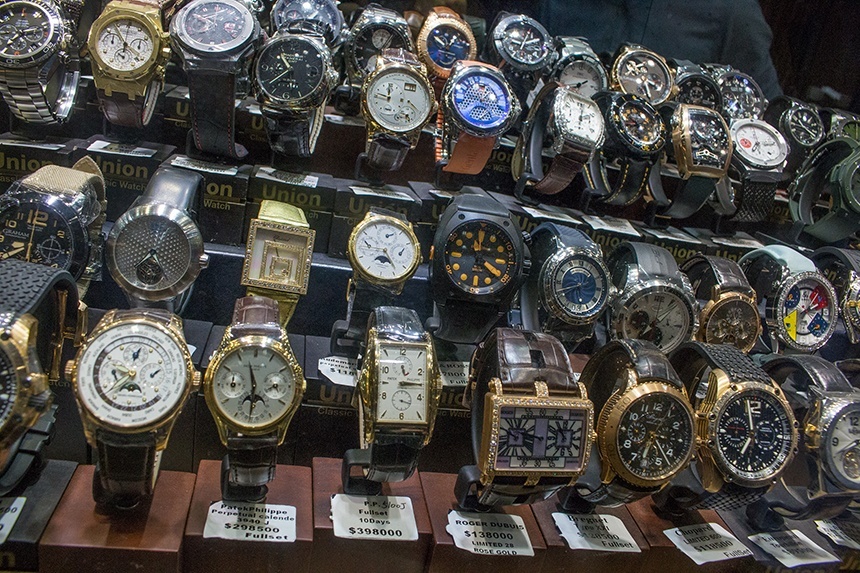
No More Regional Pricing
Currently, watch brands tend to sell the same watch at different wholesale prices to different countries around the world. This encourages lower-priced watches to be shipped to places where prices are higher so that they can enjoy a discount. The first part of this plan is to reduce margins. The large volume of marketing dollars spent by brands to maintain their global footprint is very expensive, and the traditional margins offered to retailers in order to “grow the market” are no longer necessary.
My prediction is that the margin on luxury watches should be reduced from about 50% retail price to only about 20%-30% of retail price. With that said, there should be a lot less retailers around. The volume of watch retailers around the world is unsustainable at current levels (even though many of them have disappeared over the last few years). Lowering margins is a trade-off that retailers will have to make in exchange for more price consistency around the world.
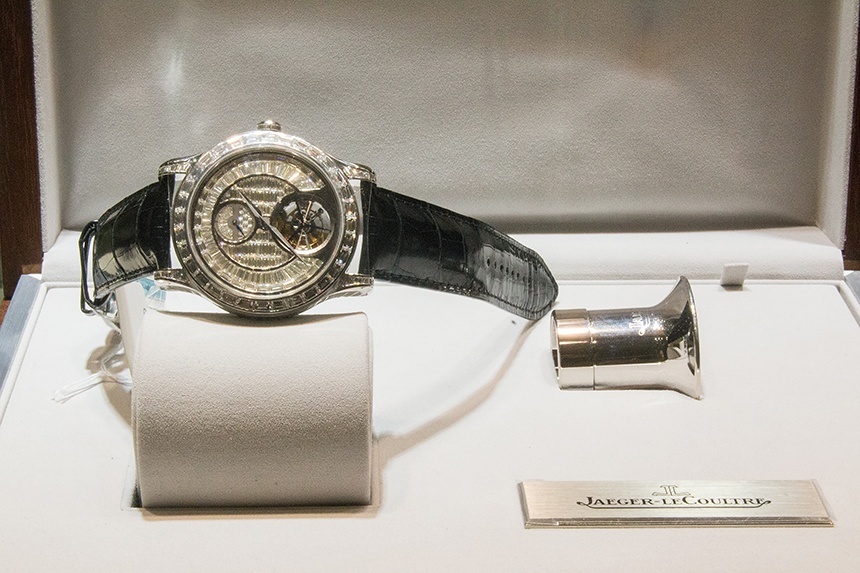
The key element here is that watch brands need to treat the market as one global market place, as opposed to a series of many different regional markets. Borders are all gone, or at least they need to be considered as gone. Yes, due to taxes and other local costs that might mean that watches in some parts of the world will be very expensive. That’s just going to have to be the way it is. Already, the vast majority of high-end watch customers are regular international travelers. That means if they really want something which is too expensive in their home market due to taxes or other costs, there is a good chance that they will be able to get it at some point during the year. This is already how it is for many luxury goods sold to many people in the world.
Watch brands must use discipline to consider the entire globe as a single marketplace, and not sell to any market their watches at wholesale prices higher or lower than any other market. The goal of such price consistency is to once again combat the fact that watches today in places where prices are lower are not sold in those markets, but are usually “trans-shipped” to other markets where they can be sold at a comparative discount. Mass discounting in the watch industry harms consumer confidence, artificially raises retail prices (because it is how retailers and brands make up for lost revenue despite perceived discounting), and creates many of the problems which makes selling watches at stable prices less possible. This can also be seen as a fairness measure, to ensure that the global watch retail marketplace is healthier.
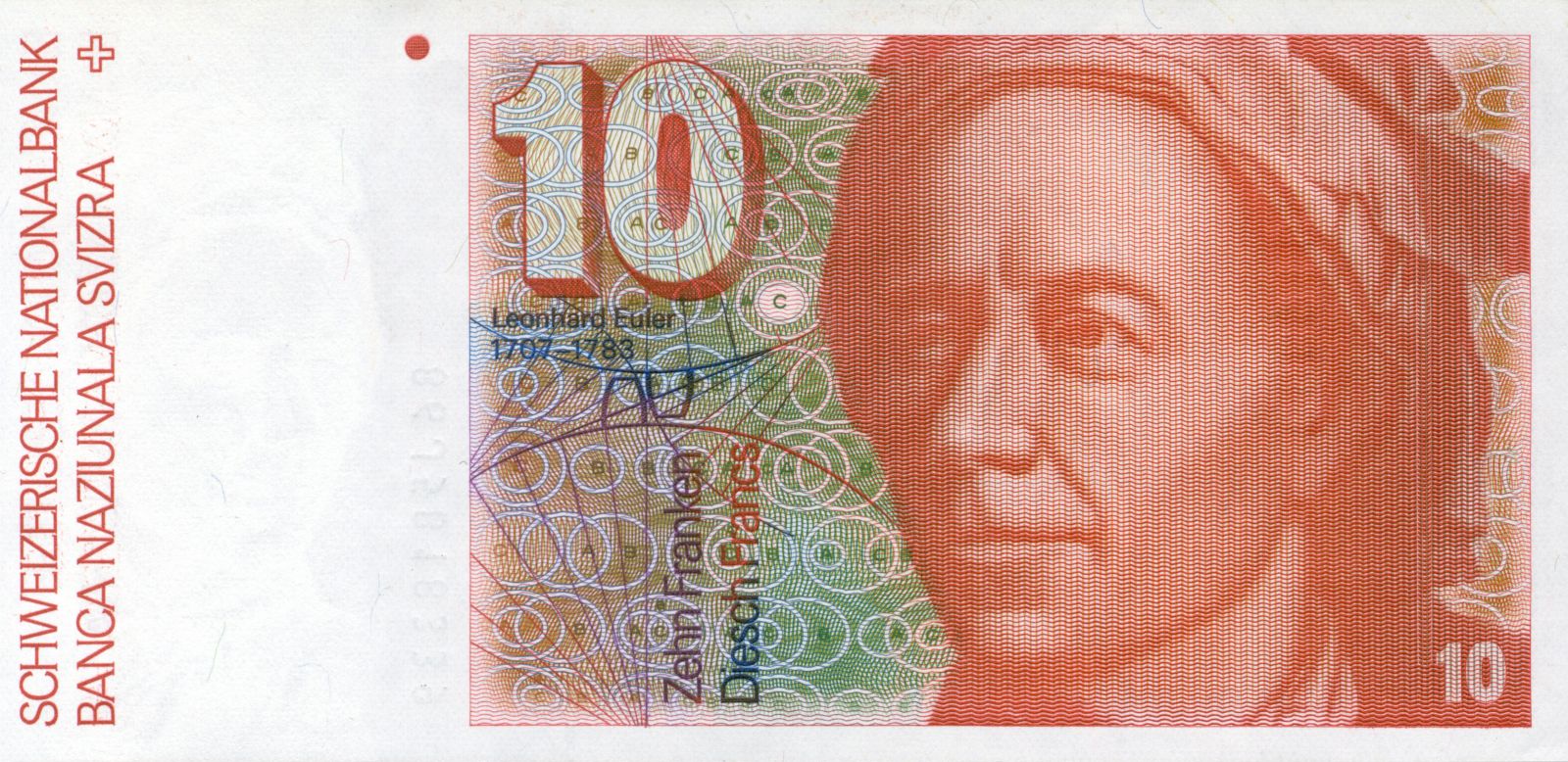
End Currency Arbitrage By Basing Prices On The Swiss Franc At Time Of Transaction
I’ll warn you in advance that this suggestion for fixing watch retail is among the stranger ones, but it actually isn’t novel. Price arbitrage is not only due to different wholesale prices that brands may charge in different countries, but also related to regular currency fluctuations. What can regularly happen is that when currency values go down, watches in that country start finding themselves being shipped to other countries. That can happen in small numbers when sold directly to clients, but it can also happen in bulk when retailers and distributors sell watches from one country to another in order to take advantage of currency fluctuations.
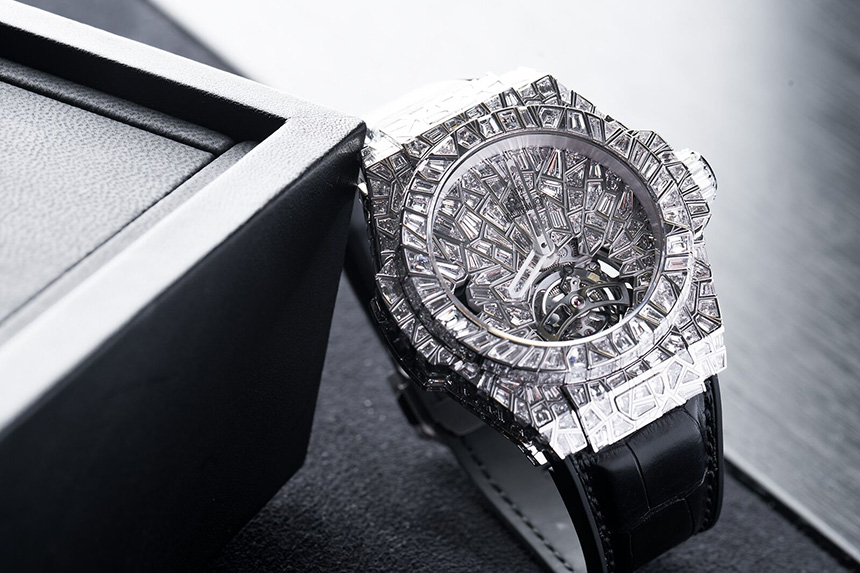
An executive at a watch brand told me several years ago that currency fluctuations and how to deal with them were the single biggest issues facing his company. At the time, I didn’t understand why, but the issue is really about the fact that in a connected, global marketplace, currency fluctuations cause watches at comparatively lower prices to be sold in other markets where they can be sold under the retail price in that market for a discount. This practice is extremely pervasive, and is another part of the discounting problem.
Consumers love discounting, and so do I. The problem is that when it happens this much, it erodes all the integrity of the industry’s pricing structure. We are at a time when consumers almost entirely lack faith that retail prices mean anything, and have further been tacitly trained to never pay full retail for a timepiece (for the most part) or else feel foolish for spending too much. Also, price consistency can help margins go down and also prices to stabilize for longer periods of time.
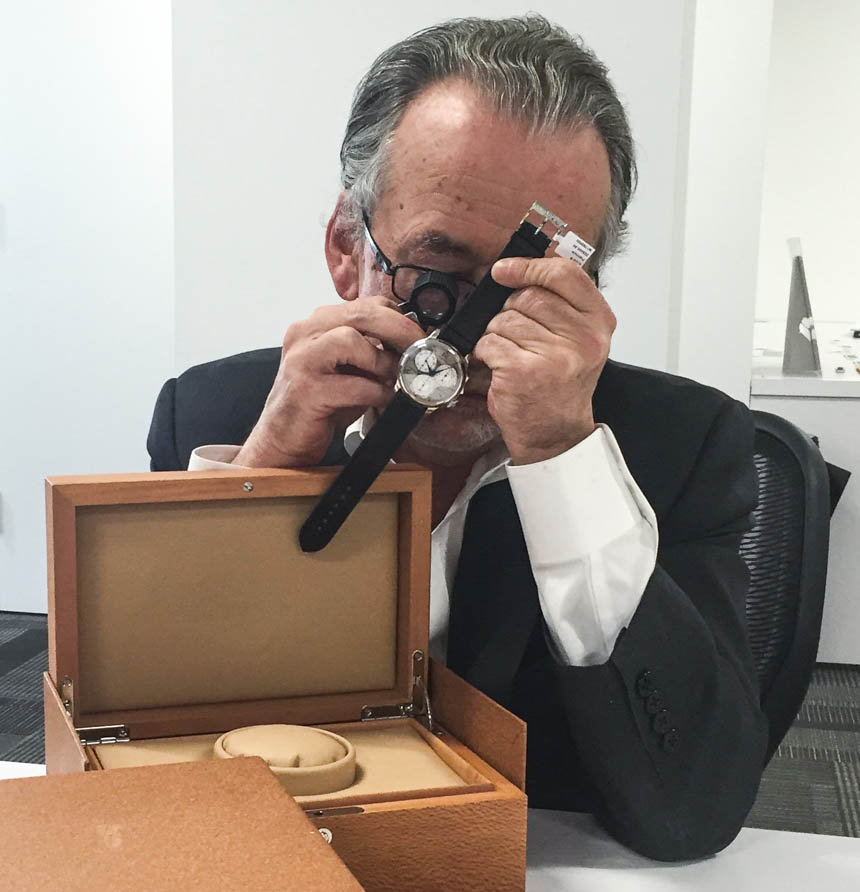
The solution I propose in order to combat currency arbitrage is to have each watch brand determine a single currency that all of their watch prices are sold on. More so, all of their watches around the world would be sold at a price based on that currency. Thus, a 10,000 Swiss Franc watch in Switzerland would cost exactly 10,000 Swiss Francs anywhere else in the world. That might cost more or less depending on ongoing currency fluctuations in that country, but such a situation is more acceptable than the alternative, in my opinion.
An interesting side effect of having most high-end watches based on the Swiss Franc is that it forces people to think about Switzerland. The Swiss watch industry has a vested interest in promoting the idea of “Swiss Made” and that Switzerland is a rather important locus for watches. I think that basing each watch price, calculated at the time of the transaction on the Swiss Franc is both a useful way to maintaining price efficiency as well as having an interesting marketing component. This approach is novel enough to make consumers step back and pay attention to the transaction. More so, there is more than enough technological assistance to make doing this easy and efficient in any part of the word.

The basic tenets of this plan is to fix watch retail focusing on promoting price consistency around the world and regulating watch retailers so that they can specialize and do business in a way that allows them to maximize their specific talents and relationships. Doing so in my opinion will allow many of the current pricing and unauthorized market issues to go away or be much less severe. Yes, there are a series of additional issues that such a plan raises, but I don’t think they are so serious as to prevent the clearly resourceful watch industry from finding ways around them. Some businesses will go, but still, more will come. In any event, pretty much everyone agrees that the current state of the global watch retail industry is no longer for this world and is clearly not sustainable.
I’m curious about people’s thoughts on this plan as well as their own solutions for some of the inevitable new problems that such a system would introduce.

